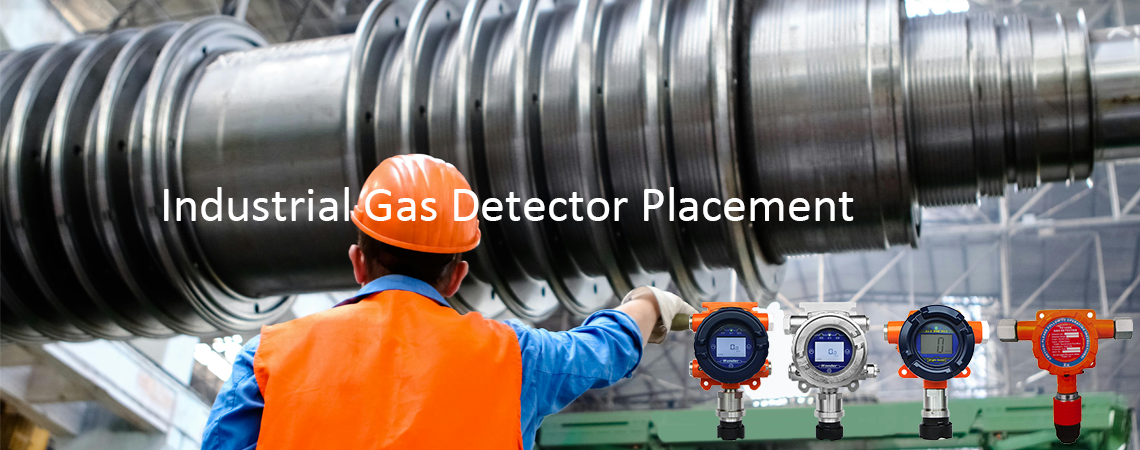Industrial Gas Detector Placement
Published on: 2024-07-23 Views: 572

Choosing the best location for industrial gas detectors is critical to ensuring effective monitoring and safety in industrial environments. Several factors should be considered to maximize the efficiency and reliability of the detectors.
Identify the Area
Areas where gas leaks are most likely to occur include spaces where specific gases are used, stored, or generated. For example, gases such as methane, hydrogen sulfide, or ammonia may be present near tanks, pipelines, or processing equipment.
Place in Ventilated Areas
High-flow areas where gas concentrations may accumulate, such as near exhaust vents or in confined spaces. These areas ensure that detectors can quickly detect hazardous gas accumulations before they pose a risk to personnel or equipment.
Consider Gas Properties
Some gases are heavier than air (such as propane), while others are lighter (such as methane). For heavier gases, gas detectors should be placed close to the ground, and higher for lighter gases to ensure accurate detection and timely alarms.
Ensure Accessible Maintenance and Calibration
Regular maintenance is essential for gas detectors to remain functional and accurate over the long term. Additionally, detectors should be placed in areas where they will not be physically damaged or tampered with to ensure continued operation and reliable monitoring of industrial gas levels.
Choose gas detector placement by carefully considering these factors to improve safety, reduce risk, and ensure compliance with safety regulations.
